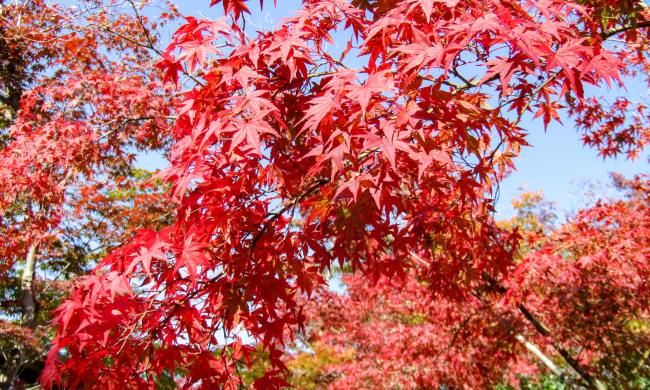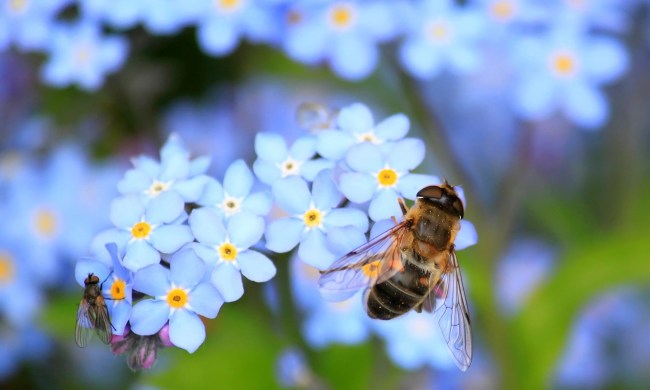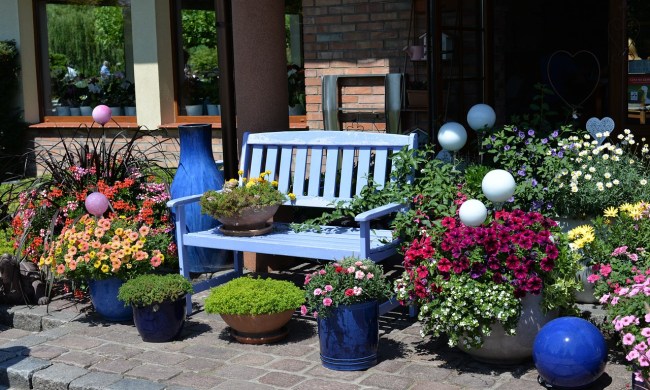One of the most elegant ways to put your favorite plants on display is by crafting a terrarium. Many terrarium projects are usually on a small, low-maintenance scale with a lightbulb or fishbowl as the container of choice—the idea with a sealed terrarium is that it’ll recycle water vapor continuously, so you won’t have to water it.
If you want to bring this DIY plant project to the next level, however, consider creating a DIY terrarium coffee table to display in your living room! While building one may take extra work, the final result will be well worth the labor you put in. If you’re curious about creating a living, breathing ecosystem in your coffee table, we’ll help you get started. Keep reading to learn all of the different ways you can build a beautiful terrarium coffee table for your home.

3 ways to DIY your own terrarium coffee table at home
Build your terrarium coffee table from scratch
If you’re savvy with woodwork, you can always take on the challenge of building your coffee table terrarium from scratch. You’d have to start with forming the box with wooden pieces, then attaching acrylic sheets to form a display case and securing hairpin legs at the bottom for support. After you build the table itself, put in your growing medium and plants! For reference, the blog A Beautiful Mess features a detailed step-by-step tutorial for putting a terrarium coffee table together. While this route may be labor and time intensive, you’ll surely be proud of your final result.
Build a planter box to fit inside your glass top table frame
A significantly simpler way to go about executing this project is by building a planter box with wood pieces so that it fits inside a table with a glass top. After unscrewing the glass top, secure your wooden planter to the frame with brackets. You can add acrylic sheets or use a sealant to waterproof the planter, too. Add your soil and plants into the basin and place the glass top over it. And voila—you’ve got a compact garden that you can proudly display! Alternatively, you can grab a table frame, secure a wooden planter into it, and place a glass sheet over that.
Fix up a display table and fill it with your favorite plants
The easiest way to go about building a DIY terrarium coffee table is by sourcing a glass display table. Instead of building a table, you can always buy a ready-to-go terrarium table online. Great contenders for this project include the Riddell Coffee Table With Storage from Wayfair, the SEI Furniture Terrarium Display Coffee Table from Amazon, and the Decor Therapy Clear Glass and Black Metal End Table from Home Depot. You’ll want to clean out your table and coat the interior with a waterproof sealant. Then, fill it with sterile soil and add in your favorite plants.

Considerations when building a terrarium coffee table
- Remember to waterproof the inside of your table. Moisture can damage the container that holds your plant, especially if you make it from wood. In turn, the soil can fall out or become moldy and uninhabitable for your plants. Consider lining the interior with a waterproof material or covering it with sealant.
- Use humidity-loving plants. When building your coffee table terrarium, opt for cuttings of plants such as fittonias, polka dot plants, and ferns that thrive with extra moisture.
- Make sure to add in drainage. Since terrariums don’t have drainage holes, you want to form your growing medium with sterile and well-draining materials such as perlite, vermiculite, gravel, coir, and pebbles. You can also add activated charcoal to deodorize and prevent bacteria buildup.
- Add personal flair. Don’t forget to add stones and small trinkets and toys to personalize your terrarium!
If you put your favorite antiques in a display case, why not flaunt your favorite plants in a self-nourishing terrarium? There are many ways to go about building a terrarium coffee table, whether you’re creating the table from scratch or using a glass display table. After you figure out which table setup you like best, fill it with your favorite plants and tchotchkes. Then, all you have to do is sit back and enjoy a mini forest from the comforts of your living room.



